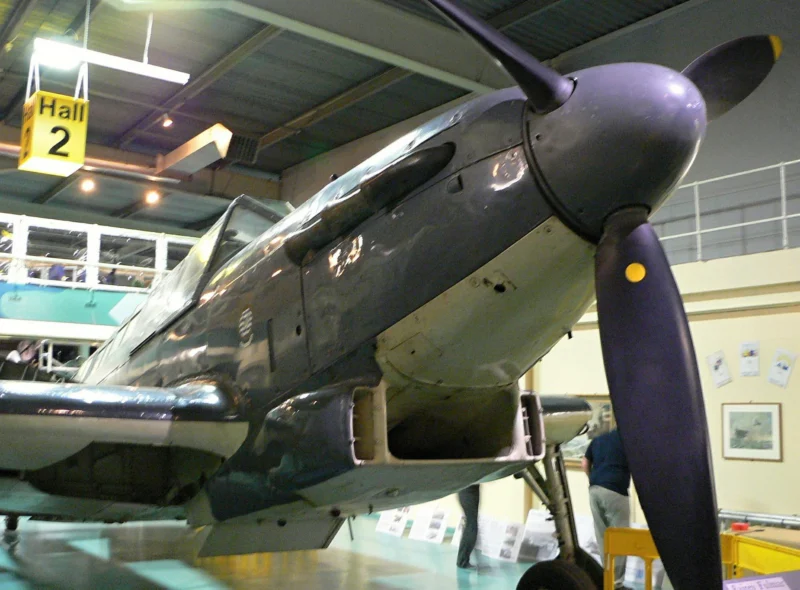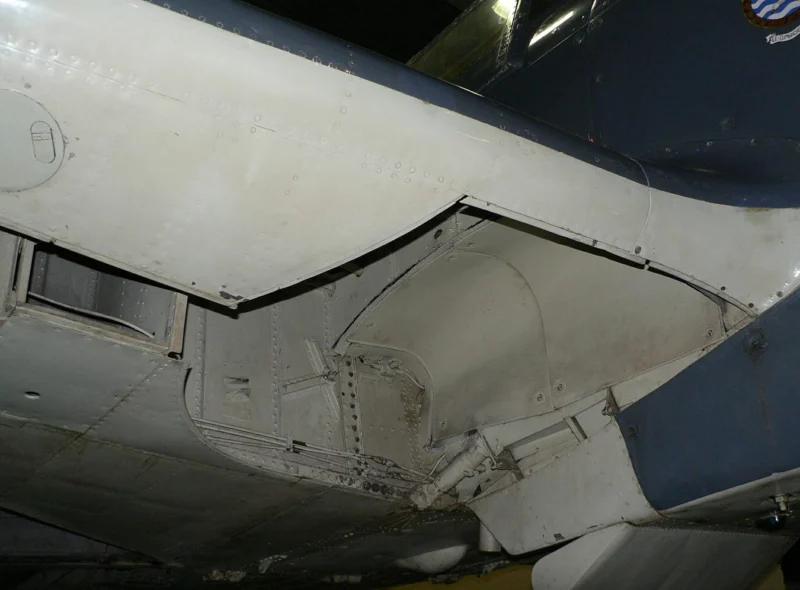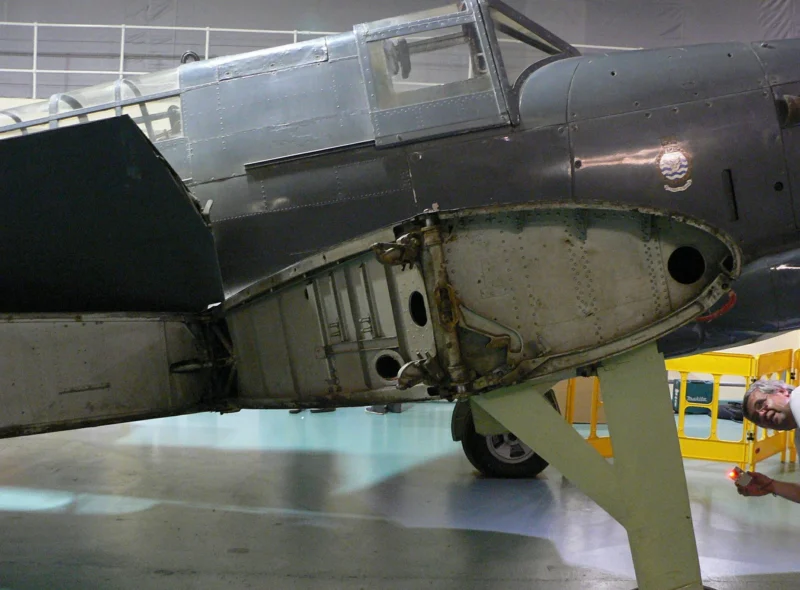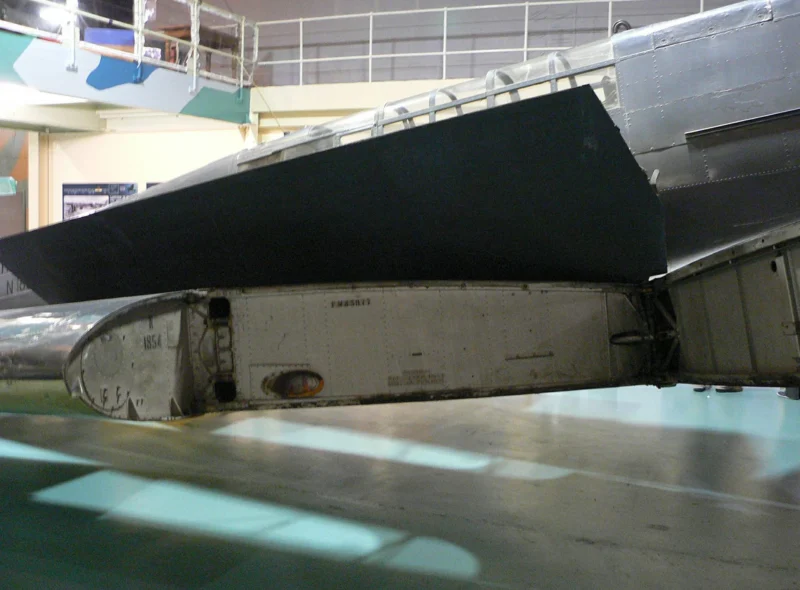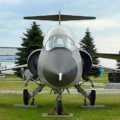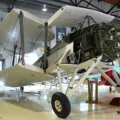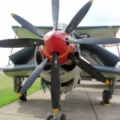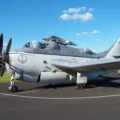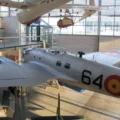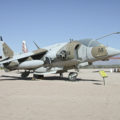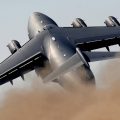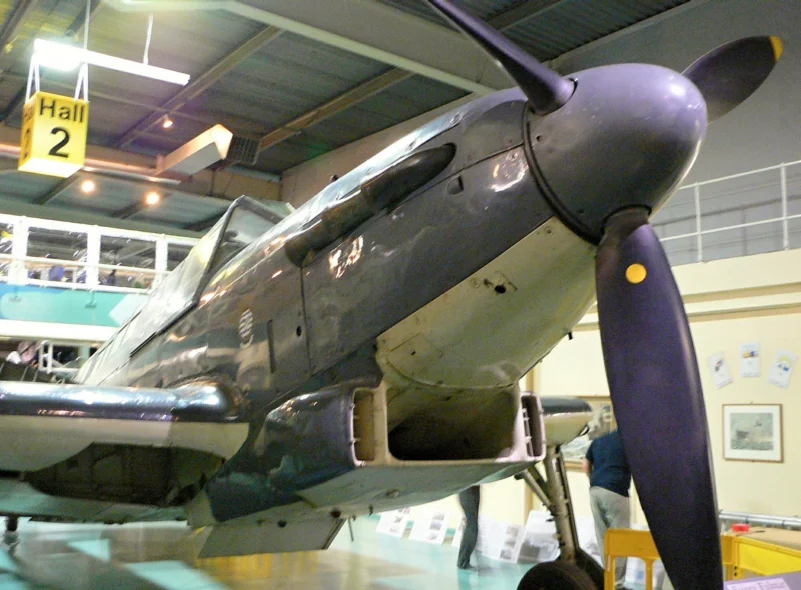
Víla Fulmar Mk.I | |
| Krajiny | Uk |
| Typ | Stíhacie lietadlá prepravné na nosnej lodi |
| Prvý let | 4. januára 1940 |
| Postavený | 600 |
Fotogaléria Víla Fulmar Mk.I, The Fairey Fulmar was a British carrier-borne fighter aircraft that served with the Fleet Air Arm (FAA) during the Second World War. A total of 600 were built by Fairey Aviation at its Stockport factory between January 1940 and December 1942. The Fulmar’s design was based on that of the earlier Fairey P.4/34 that was in turn developed in 1936 as a replacement for the Fairey Battle light bomber. Although its performance (like that of its Battle antecedent) was lacking, the Fulmar was a reliable, sturdy aircraft with long range and an effective armament of eight machine guns.
Zdrojový: Víla Fulmar Mk.I na Wiki
| Fairey Fulmar Mk.I | |
|---|---|
| Fotograf | Ondrej Skarka |
| Lokalizácia | Neznáme |
| Fotografie | 55 |
| Fairey Fulmar Mk.I | |
|---|---|
| Fotograf | Unknow |
| Lokalizácia | Neznáme |
| Fotografie | 57 |
Pozri tiež:
Komisia Fairey Fulmar bolo britské prieskumné lietadlo / stíhacie lietadlo, ktoré slúžilo v leteckej armáde Kráľovského námorníctva počas druhej svetovej vojny. Bol vyvinutý a vyrobený spoločnosťou Fairey Aviation Company na základe konštrukcie ľahkého bombardéra Fairey P.4/34. Bol pomenovaný po severnom fulmarovi, morskom vtákovi pôvodom z Britských ostrovov.
Fulmar bol dvojmiestny jednoplošník s dolnoplošníkom a zaťahovacím podvozkom. Poháňal ho jediný motor Rolls-Royce Merlin, ktorý mu poskytoval maximálnu rýchlosť 438 km/h a dojazd 1 255 km. Bol vyzbrojený ôsmimi 7,7 mm guľometmi Browning v krídlach a niekedy aj guľometom Vickers K smerujúcim dozadu na obranu. Mohol tiež niesť dve 45 kg bomby alebo jednu 110 kg bombu pod trupom.
Fulmar prvýkrát vzlietol 4. januára 1940 a do služby vstúpil v máji 1940. Používal sa na prieskumné, eskortné a zachytávacie misie na rôznych bojiskách vrátane Európy, severnej Afriky a Ďalekého východu. Zúčastnila sa niekoľkých významných akcií, ako napríklad prenasledovanie nemeckej bojovej lode Bismarck, bitka pri myse Matapan a obrana Malty. Hoci bol spoľahlivý, robustný a dobre vyzbrojený, bol tiež pomalý a nemanévrovateľný v porovnaní s jednomiestnymi stíhačkami, ako sú Supermarine Spitfire a Mitsubishi A6M Zero. Od roku 1942 bol postupne nahradený pokročilejšími lietadlami ako Supermarine Seafire a Grumman Martlet. Posledné Fulmary boli stiahnuté zo služby v prvej línii vo februári 1945.
Komisia Fairey Fulmar bolo dôležitým lietadlom pre Fleet Air Arm počas prvých rokov vojny, keď malo k dispozícii len málo ďalších moderných stíhačiek. Ukázalo sa, že je efektívny vo svojej zamýšľanej úlohe prieskumného/stíhacieho lietadla s dlhým doletom, ale tiež trpel svojimi obmedzeniami ako konštrukcia námorného bombardéra. V rokoch 1940 až 1943 bolo vyrobených celkovo 600 Fulmarov.
Počet zobrazení : 4504
